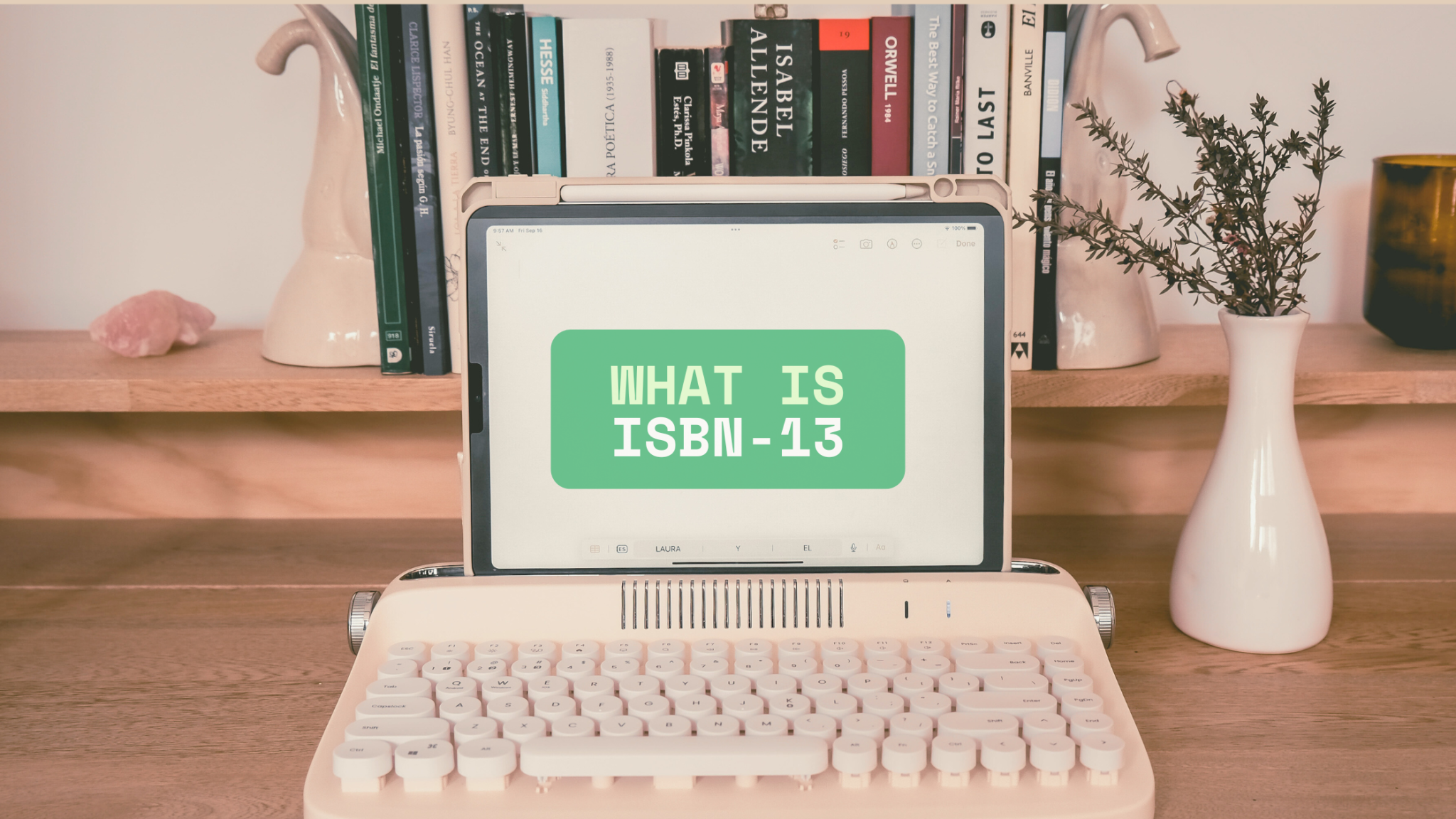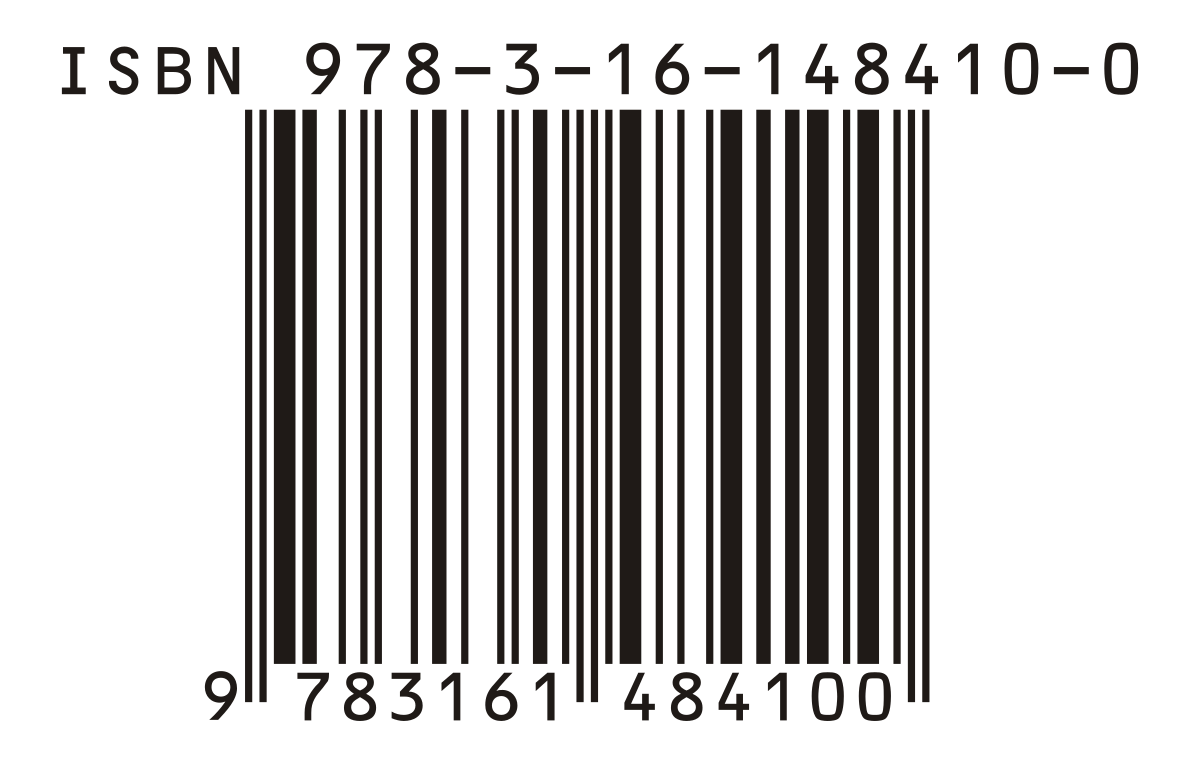
In today’s fast-evolving publishing industry, a standardized system for identifying books is critical. That system is the ISBN, or International Standard Book Number. Specifically, the ISBN-13, now the global standard, is indispensable in cataloging, marketing, and distributing books worldwide.
Whether you’re a seasoned publisher, a self-publishing author, or a retailer, understanding ISBN-13 is crucial to navigating the modern publishing landscape.

The ISBN-13 is a 13-digit numeric identifier that uniquely distinguishes books and other book-like products (e.g., eBooks and audiobooks). Introduced in 2007, ISBN-13 replaced the 10-digit ISBN format to make it compatible with international barcode standards, especially the EAN-13 system, which is used globally in retail.
An ISBN-13 consists of five components:
Example ISBN-13: 978-1-4028-9462-6
Each component works together to ensure the book’s uniqueness in global databases.
The primary reason for the change was compatibility with international product identification systems. ISBN-10 did not align with the EAN system used in retail point-of-sale (POS) scanners worldwide. Without this compatibility, bookstores and supply chains had to use separate systems for books and other products.
Every book with an ISBN-13 is indexed in global databases like Books in Print, WorldCat, and Google Books. These systems use the ISBN to fetch book metadata, title, author, publisher, edition, price, format, and more. This enables booksellers, libraries, and online retailers to discover, sell, and manage your book efficiently.
Platforms such as Amazon KDP, IngramSpark, and Draft2Digital have made it easier than ever for authors to publish. ISBN-13 is critical if:
Note: Amazon offers free ISBNs, but the publishing imprint will list Amazon or their affiliate, not your own name.
Each unique version of a book needs a separate ISBN-13:
This ensures retailers and consumers can clearly identify and purchase the exact format they want.
ISBN-13 enables your book to be:
Without an ISBN-13, your book might not appear in many book retail systems or catalogs.
ISBNs are assigned by designated national ISBN agencies. For example:
| Country | ISBN Agency |
| USA | ISBN Services (https://www.isbnservices.com/) |
| UK | Nielsen Book |
| Canada | Library and Archives Canada (free) |
| India | Raja Rammohun Roy Library Foundation (free for eligible publishers) |
You can:
Tip: If you plan to publish multiple titles or editions, buying a block of 10 or 100 ISBNs is more cost-effective.

The ISBN-13 isn’t just a cataloging tool, it directly impacts how books are marketed, tracked, and sold in both physical and digital marketplaces. Here’s how it functions across key sales and distribution channels:
How it works:
When a book is assigned an ISBN-13, it can be converted into a barcode (typically EAN-13 format) that can be printed on the book’s back cover. Retailers scan this barcode at the point of sale (POS) system, just like they do with any other product.
Why it matters:
In short: Without an ISBN-13 barcode, most brick-and-mortar retailers won’t stock or sell your book.
How it works:
ISBN-13s are embedded in the metadata that digital platforms like Apple Books, Kobo, Barnes & Noble Nook, and Google Play Books use to list and manage books. Distributors (like Draft2Digital or Smashwords) also require ISBNs to correctly catalog and deliver eBooks.
Why it matters:
In short: ISBN-13 ensures your eBook appears correctly in digital storefronts and reaches its intended audience.
How it works:
Libraries worldwide use ISBN-13 to add books to their catalog systems, such as OCLC’s WorldCat, which powers many public and academic library networks. Distributors like OverDrive and Bibliotheca also rely on ISBN-13 to provide eBooks and audiobooks to libraries.
Why it matters:
In short: ISBN-13 enables library exposure, which expands your readership and boosts long-term discoverability.
How it works:
Each ISBN-13 is tied to a specific edition, format, language, and publisher. Publishers use this system to manage rights, territorial, digital, or audio, for every version of the book.
Why it matters:
In short: ISBN-13 helps authors and publishers maintain legal and commercial control over their intellectual property across the globe.
Yes. ISBN-10 numbers issued before 2007 can be converted using online calculators or formulas. However, you cannot arbitrarily change the number yourself, the new ISBN must follow the correct format and check digit.
Not necessarily. Some platforms like Amazon allow publishing without one (for Kindle eBooks), but having an ISBN-13 increases distribution reach, discoverability, and professionalism.
No. Each format and edition needs its own ISBN-13.
No. Once assigned, an ISBN-13 is permanently tied to that book format and edition.
No. ISBNs are unique identifiers and must never be reused, even if the book goes out of print.
The ISBN-13 is more than a number, it’s a critical tool for publishers, authors, and booksellers in the digital age. It enables global discoverability, supports distribution infrastructure, and ensures your book is taken seriously by industry professionals. Whether you’re self-publishing or managing a large catalog, understanding and properly using ISBN-13 is essential for success in the modern publishing world.
